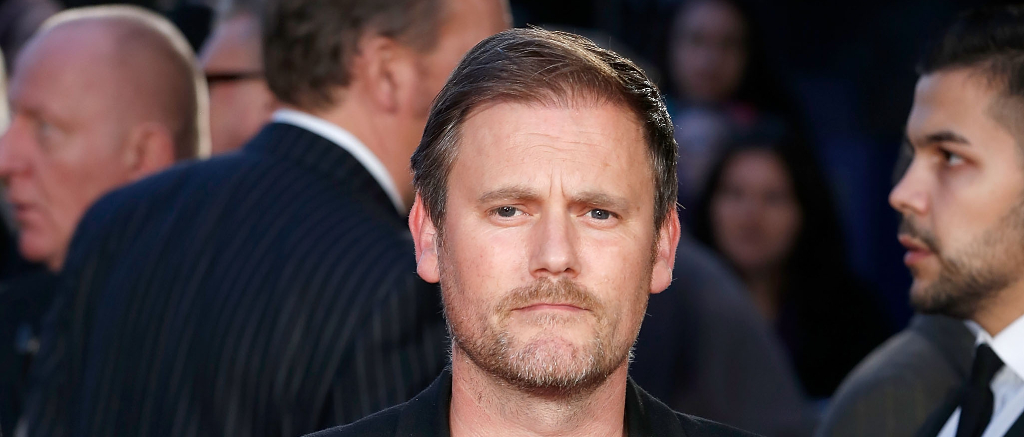
Kanye West (Ye) and Ty Dolla Sign surprised fans with their spontaneous release of their latest album, Vultures 2. But the body of work’s arrival isn’t the only thing to shock the public.
Yesterday (August 3), Portishead’s Geoff Barrow was annoyed to learned that the duo sampled the group’s song “Machine Gun” without permission. Over on X (formerly Twitter), Barrow called out the duo for featuring its revered instrumental break on the Vultures 2 track, “Field Trip,” which features Playboi Carti, Don Toliver, and Kodak Black.
“For f*ck’s sake,” he wrote. “Not again  .”
.”
FFS
Not Againpic.twitter.com/a7SFo2t18s
—
Geoff Barrow
(@jetfury) August 3, 2024
Users online chimed in to encourage Barrow to take legal action.
“Dude, you need to sue the f*cker,” wrote one user.
Dude, you need to sue the f*cker.
— Alex Morss
(@morss_alex) August 3, 2024
“Jeezus, that’s not even sampling, they just used the entire song for a backing track for some sh*t karaoke. Zero creativity,” penned another.
Jeezus, that’s not even sampling, they just used the entire song for a backing track for some shit karaoke. Zero creativity. I hope you eventually get compensated for it, and I hope they have to pay double tax for being so god damned boring. FFS indeed.
— Frank P
(@innerstate01) August 3, 2024
“Now that’s just a blatant ripoff, and you deserve to be compensated,” added another.
Now that’s just a blatant ripoff and you deserve to be compensated. It’s not like Kanye is poor or anything; he is filthy rich. This is what they call in Australia ‘a dog act’.
Side note – those autotune vocals they threw over the top of it are terrible!
— Adam Ritchie (@rdomain) August 4, 2024
“Make them delete the whole album 

 ,” demanded another.
,” demanded another.
Make them delete the whole album
— YZY DAKE (@YZY__allday) August 3, 2024
However, not everyone shared the same sentiments. Fans of Ye, begged Barrow not to take things to court.
“Don’t sue Ye, this song is amazing, let us have it man
 ,” wrote one user.
,” wrote one user.
Dont sue Ye, this song is amazing, let us have it man
— Alena (@Yevotee) August 3, 2024
“You should’ve said something after the first listening party it was previewed at bro 
 we finally got the music and now you wanna take it away,” added another.
we finally got the music and now you wanna take it away,” added another.
You should’ve said something after the first listening party it was previewed at bro
we finally got the music and now you wanna take it away
— pain (@dpthunder) August 4, 2024
“Better to ask for forgiveness,” chimed another.
Better to ask for forgiveness…
— Noam L (@the_N2A) August 3, 2024
Ye has reportedly already been hit with several copyright infringement lawsuits from past projects, Donda. Even Vultures 1 was surrounded with sample clearance issues (from Donna Summer’s estate to Ozzy Osbourne). But based on Barrow’s response, this is Ye’s second time ripping off his past work. Could this be his legal breaking point?




